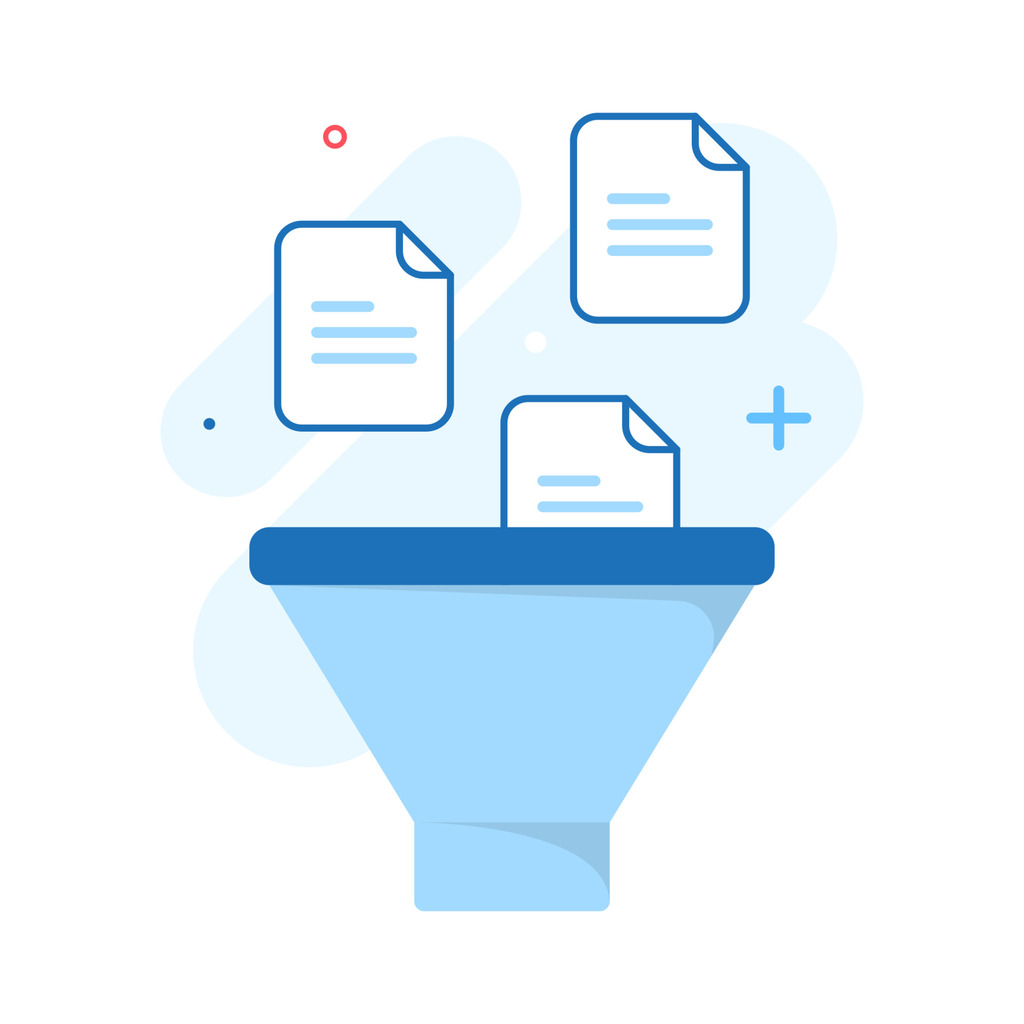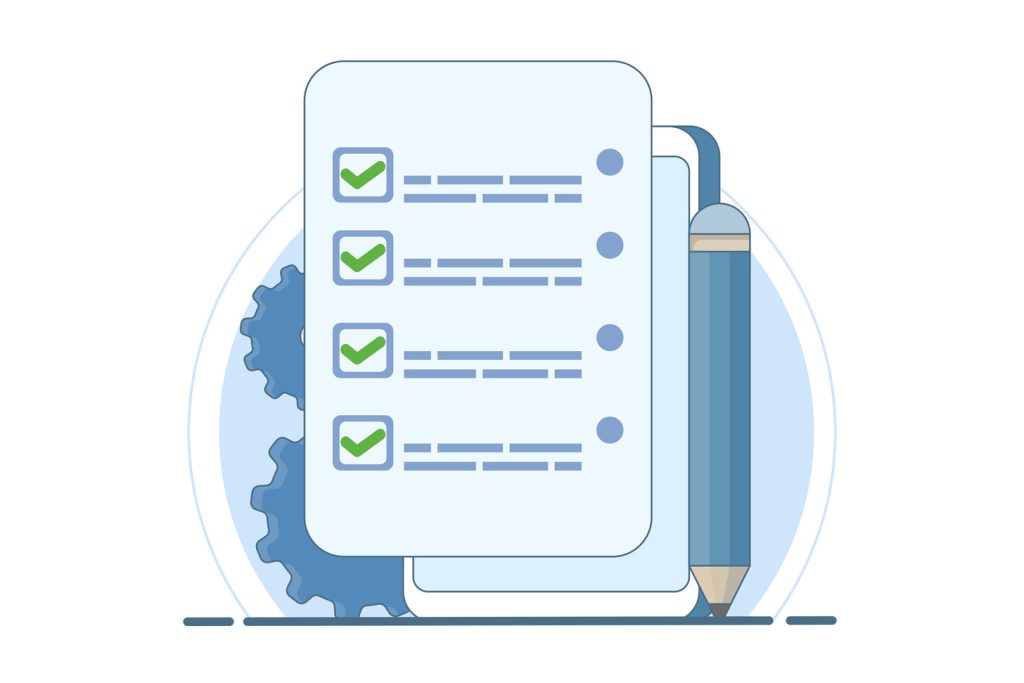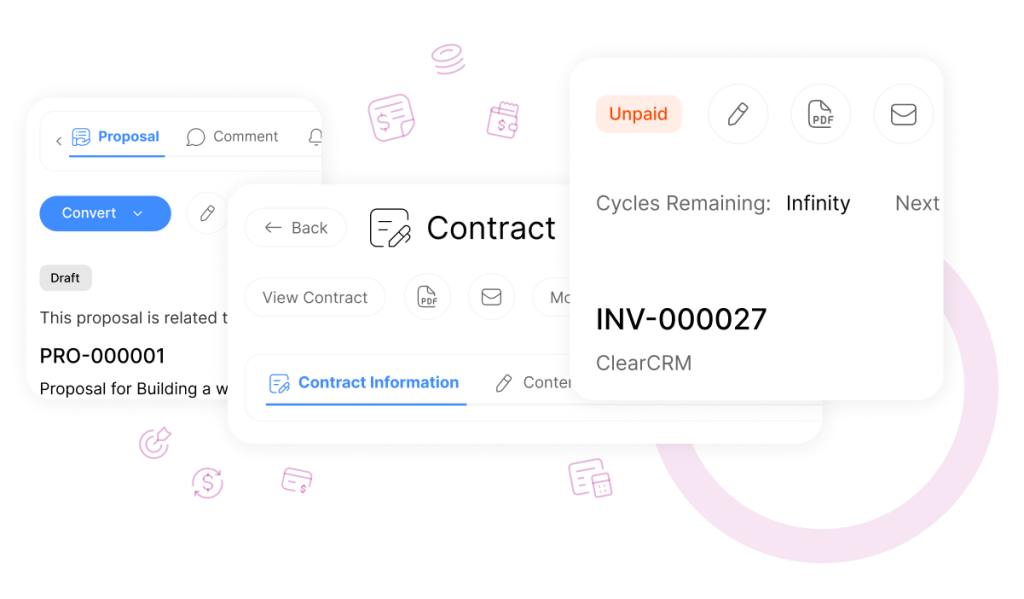Pre-Designed AI Templates for Efficient Business Management

Modern businesses face relentless pressure to optimize workflows while maintaining quality standards. Pre-designed solutions now eliminate the need to build documents from scratch, freeing teams to prioritize strategy over repetitive tasks. These tools convert basic inputs into professional-grade materials, from marketing campaigns to compliance reports, in seconds.
Consistency remains critical for organizations managing high-volume documentation. Automated systems ensure every output aligns with brand guidelines, reducing errors that strain customer trust. Industries like healthcare, education, and finance benefit from ready-to-use frameworks for performance reviews, job postings, and client communications.
Operational speed separates market leaders from competitors. Teams using smart documentation tools complete projects up to 10 times faster than manual methods. This efficiency accelerates response times for client needs and internal demands, directly impacting revenue streams.
Scalability challenges dissolve when businesses adopt standardized templates. Whether expanding departments or entering new markets, companies maintain unified messaging across teams. Real-world applications include real estate listings that adapt to local regulations and engineering reports that meet global compliance standards.

Key Takeaways
- Automated document systems cut creation time by 90%, boosting productivity
- Brand consistency improves through error-resistant formatting and styling
- Pre-built frameworks adapt to industries from healthcare to tech
- Scalable solutions support growth without quality compromises
- Faster turnaround times enhance client satisfaction and retention
Understanding the Concept of Pre-Designed AI Templates
Businesses increasingly rely on structured frameworks to manage repetitive tasks. These systems analyze patterns in existing documents to create adaptable blueprints. By processing vast amounts of information, they identify optimal formats for various operational needs.
How Intelligent Frameworks Operate
Advanced systems review successful documents across industries to detect recurring layouts. They apply machine learning to match user prompts with proven structures. For example, inputting “marketing proposal” triggers the tool to suggest sections like objectives, timelines, and budgets.
Pattern recognition enables these tools to adapt outputs for different scenarios. Legal teams receive clauses tailored to regional regulations, while sales departments get client-specific pitch structures. This flexibility reduces manual adjustments while maintaining professional standards.
Pre-Built vs. Customized Solutions
| Feature | Pre-Designed | Custom |
|---|---|---|
| Implementation Speed | Immediate use | Weeks/months |
| Cost Efficiency | Low upfront investment | High development costs |
| Reliability | Field-tested structures | Untested formats |
Pre-built options provide instant access to formats refined through real-world use. Custom alternatives require extensive resources to match the functionality of established systems. Most organizations benefit from hybrid approaches – modifying pre-existing frameworks to address unique requirements.
Key Benefits of Using AI Templates for Business Management

Organizations leveraging structured frameworks for documentation report 40% fewer operational delays. These systems transform raw inputs into polished materials while maintaining strict quality controls. Teams shift focus from formatting to strategic tasks, accelerating project timelines across departments.
Precision in Process Standardization
Pattern-driven tools eliminate manual errors by auto-populating critical details like compliance clauses or version histories. Legal teams using these systems reduce contractual oversights by 62% compared to traditional methods. Built-in validation checks ensure every document meets industry-specific regulations before distribution.
Unified Teamwork Across Locations
Cloud-based sharing features enable simultaneous edits with tracked changes visible to all stakeholders. Marketing departments using collaborative platforms cut revision cycles from days to hours. Centralized data repositories prevent version conflicts, ensuring everyone accesses current content.
| Collaboration Feature | Traditional Methods | Template-Driven Systems |
|---|---|---|
| Access Speed | 24-48 hours | Instant |
| Error Rate | 12% average | <2% |
| Update Frequency | Manual syncs | Real-time |
Cross-functional alignment improves when teams share standardized frameworks. Sales and support departments using unified templates resolve customer inquiries 35% faster. Automated audit trails document every change, simplifying compliance reviews during regulatory inspections.
AI Templates: A Game Changer for Business Efficiency
Operational excellence now hinges on intelligent systems that transform fragmented processes into cohesive workflows. These tools analyze historical patterns to build adaptable frameworks, ensuring every document meets evolving demands without manual oversight.
Leveraging Data and Pattern Recognition for Consistency
Pattern-driven systems scan thousands of successful documents to identify optimal structures. A customer service manual developed for retail can adapt to healthcare by maintaining core sections like escalation protocols while updating industry-specific terminology. This data-backed approach eliminates guesswork in formatting.
Consistency emerges through automated style applications. Legal teams receive updated clauses reflecting regional regulations, while marketing materials retain brand voice across campaigns. Error rates drop by 78% when systems enforce standardized layouts.
Case Examples: From Customer Support to Compliance Documentation

Support teams resolve tickets faster using structured response frameworks. A telecom company reduced resolution times by 42% after implementing guided templates for common case scenarios. Escalation paths auto-populate based on issue severity.
Compliance departments benefit from real-time regulatory updates. Financial institutions using these tools reduced audit preparation time by 60%. Systems cross-reference global standards to ensure policy documents contain current requirements.
Adaptability shines when frameworks transfer between platforms. A standard operating procedure for CRM data entry easily adjusts to inventory management software. This flexibility accelerates onboarding and reduces training costs by 31%.
Exploring Use Cases and Real-World Applications
Forward-thinking organizations harness ready-made solutions to tackle daily challenges. From employee onboarding to client communications, structured frameworks prove their value across departments. These systems transform complex workflows into repeatable processes that scale with business growth.
Powering Core Operations
HR teams cut onboarding time by 70% using standardized templates for paperwork and training schedules. Marketing departments maintain brand voice through social media post blueprints that adapt to trending topics. “Our campaign launch timelines dropped from three weeks to four days,” notes a tech startup project manager.
Customer service centers resolve 45% more cases daily with response frameworks. Pre-built formats ensure agents address common issues while personalizing interactions. Legal teams automate contract generation, reducing review cycles by 80%.
Industry-Specific Breakthroughs
Healthcare providers streamline patient documentation using medical history templates that integrate with EHR systems. Retail chains standardize inventory reports across 200+ locations, improving stock accuracy by 32%.
Educational institutions create lesson plans 90% faster using adaptable content frameworks. A national bank reduced compliance errors by 68% after implementing regulatory update alerts within their document systems.
“Standardized formats helped our sales team close deals 27% faster by eliminating formatting delays.”
Implementing Pre-Designed AI Templates in Your Workflow
Businesses seeking efficiency gains must prioritize tools that adapt to their unique operational rhythms. Structured frameworks become powerful assets when strategically embedded into daily processes. This approach transforms repetitive documentation tasks into opportunities for strategic growth.
Steps to Integrate Smart Tools into Daily Operations
Start by auditing current workflows to identify bottlenecks in project reporting or client communications. Teams typically follow this roadmap:
- Create accounts on platforms offering pre-built frameworks
- Install browser extensions for instant document generation
- Input prompts like “Create template for quarterly reviews”
- Refine outputs by removing redundant sections
- Save customized versions for recurring use
Early adopters at a logistics firm reduced contract preparation time by 83% using this method. Cloud-based sharing enables real-time collaboration across departments.
Tailoring Frameworks to Organizational Needs
Effective customization balances brand identity with functional requirements. Marketing teams might adjust audience-facing materials to reflect regional dialects, while engineering groups modify technical specifications. Key strategies include:
- Mapping terminology to industry-specific jargon
- Setting review cycles for template updates
- Developing training modules for new hires
A healthcare provider improved patient intake efficiency by 57% after aligning medical history templates with their EHR system. Version control systems prevent unauthorized changes while allowing incremental improvements.
Measurement tools track template performance across audience segments and project types. This data informs quarterly optimizations, ensuring frameworks evolve with business needs. Regular feedback loops with end-users maintain relevance as operational priorities shift.

Conclusion
Strategic adoption of intelligent documentation systems separates progressive organizations from stagnant competitors. These solutions convert raw information into polished materials while maintaining strict quality controls. Teams regain hours previously lost to manual formatting, redirecting energy toward customer-facing innovation.
Modern platforms empower businesses to create content that resonates with specific audience needs. Text generation tools now produce context-aware materials matching industry jargon and compliance requirements. This precision eliminates guesswork while preserving brand voice across departments.
Free-tier offerings like Scribe’s unlimited document creation demonstrate the accessibility of these systems. Paid upgrades add critical features – screenshot redaction and custom graphics – while maintaining SOC 2 and HIPAA compliance. Security-conscious enterprises benefit from military-grade encryption during collaborative editing.
The idea of scalable documentation grows more powerful as algorithms learn organizational patterns. Future updates promise deeper software integrations and adaptive text structures. Businesses investing now position themselves to outpace rivals through faster response times and error-resistant workflows.
Content libraries transform from chaotic repositories into strategic assets when built on intelligent frameworks. Decision-makers prioritizing these systems secure lasting advantages: operational agility, professional credibility, and foundations for sustainable growth.

